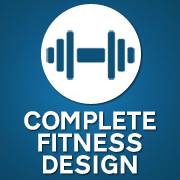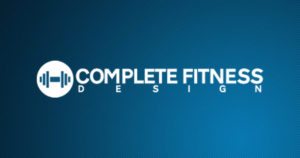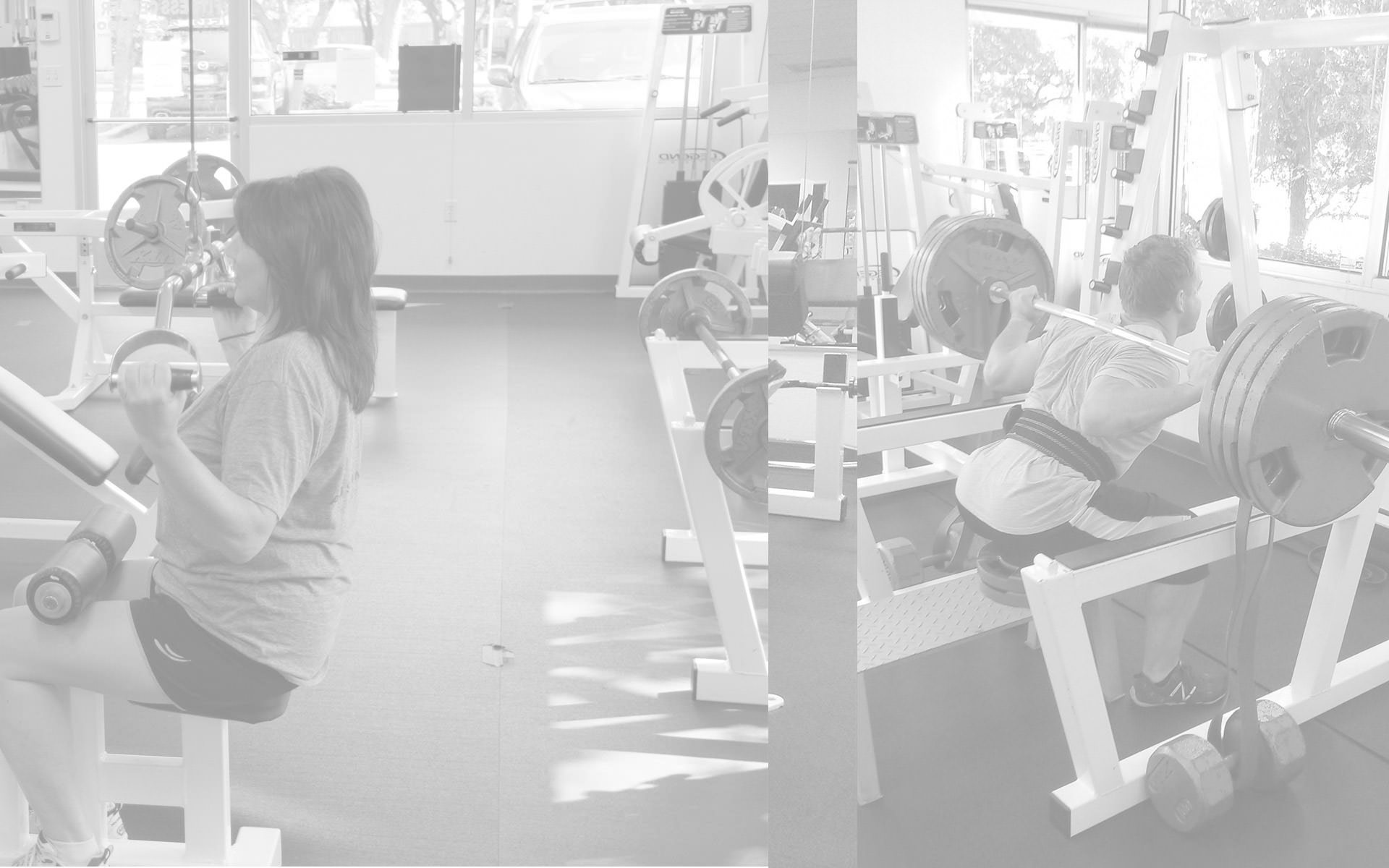Are Fitness Apps Worthwhile?
In the health and fitness industry, there are many products one can buy to aid themselves in the pursuit of their goals. There are a plethora of supplements one can purchase, and there are a lot of different services one can pay for as well. A testament to that is the fact that personal training in Austin is a booming business, as is the supplement industry not just here in Austin, but worldwide. People are willing to pay to get results, whether the products and services are tried, true and tested, or not. New products, services, and supplements are being introduced into the marketplace constantly including one rather new arrival to the scene that has garnered a lot of attention. A new category of products that are known as fitness apps.
Fitness apps are something you can download to your phone or tablet. Their stated purpose is to guide you through your workouts by telling you how much weight to use, for how many sets, and, of course, what exercises you need to be doing. The idea is that you type in your bodily statistics, your goals, etc, and then the fitness apps create a spreadsheet, of sorts, and you simply follow it. The companies that manufacture them tout it as like having a free personal trainer. Are these fitness apps too good to be true, or is there some validity to them?
The answer is both. A prepackaged program is going to be designed based on the law of averages. Are you average? Are you suffering from any imbalances, tightness, or weaknesses? Likely so, as most all of us are to some degree or another. Therein lies the problem. A program, or prepared workout agenda, can never replace a qualified personal trainer. I’ve been a successful Austin personal trainer for over 20 years, in part, because I’m able to spot the imbalances and remedy them quickly so the client can move forward with their progress. This is something that only knowledge and experience can do. This is also why I don’t write out workouts for clients, as it simply is ineffective and potentially harmful to them. For example, if the client typically lifts legs on a Wednesday with me, but they’ll be out of town, I will happily advise them on what to do after speaking with them that day about certain known issues, and then make some suggestions accordingly. If I was to simply design a cookie cutter plan for them to perform in my absence, it would be no different than downloading a generic workout from fitness apps. It’s simply not personal training. It’s what I refer to as impersonal training, and that is bad for the client, and bad for my business.
Fitness apps have some value, as they can motivate the unmotivated, to an extent anyway. If you know you have to go to the gym and work a certain number of sets, reps, and which exercises are needing to be done, as well as how much weight to use, there’s some value in that, whether or not it’s correct or appropriate for you or not. How much value? Unfortunately, only a little. For example, young man was working out in my gym this afternoon and he was constantly referencing his phone. He was relatively new to working out and was trying to build some muscle, so he downloaded one of those fitness apps. The app was appropriate enough in the beginning, but as he’s advanced, the weights began getting serious, but unfortunately, he doesn’t have the strength or stability required to do these lifts, and his formsuffers. His deadlift today wasn’t pretty. In fact, it was painful to watch as his back rounded and legs adducted. Ultimately, he abandoned the lift and decided to take some good advice. Work up to the lifts at your own pace, not the pace prescribed by the fitness apps.
Some of the popular fitness apps and trackers claim they are able to tell you your heart rate and what your maximum heart rate should be during exercise. This is troubling, as without sufficient date, as you would find within the results of a VO2 Max test, these parameters are impossible to quantify. What they do, however, as stated before, concerning poundages, reps, sets, rest time, etc, is use the law of averages. I have long ago debunked the maximum heart rate myth and the preposterous antiquated formula that hopefully fewer and fewer personal trainers in Austin rely upon. It’s convenient to suggest that you subtract your age from the number 220, and presto, you have your maximum heart rate. That too is based on averages, as noted, but lookout if you don’t fall into the average spectrum and overdo it, as you’ll be chauffeured to the ER in a nice van with cool flashing lights.
Everyone is looking for something to make them stronger in the gym, faster on the field, leaner more muscular, etc. Some folks hire an Austin personal trainer, others rely on internet trainers, such as those found on YouTube, while still others rely or fitness apps. If you have questions, or aren’t progressing at the pace you want, don’t force the issue and end up hurting yourself because some guy with a YouTube channel said you should do something, or you got a new spreadsheet of goals from fitness apps. Use feel, proper technique, and be consistent in your efforts if you want to achieve your fitness goals. Don’t rely on the law of averages from fitness apps to dictate your progress or poundages. Hire a qualified, and experienced personal trainer, and learn what your body can really do. The safe way.

Andy

Latest posts by Andy (see all)
- Workout Motivation: How To Get Motivated To Work Out - March 9, 2022
- Body Fat Types: Subcutaneous and Visceral Fats - June 1, 2019
- Why Diets Work If You Stick With Them - April 1, 2019





